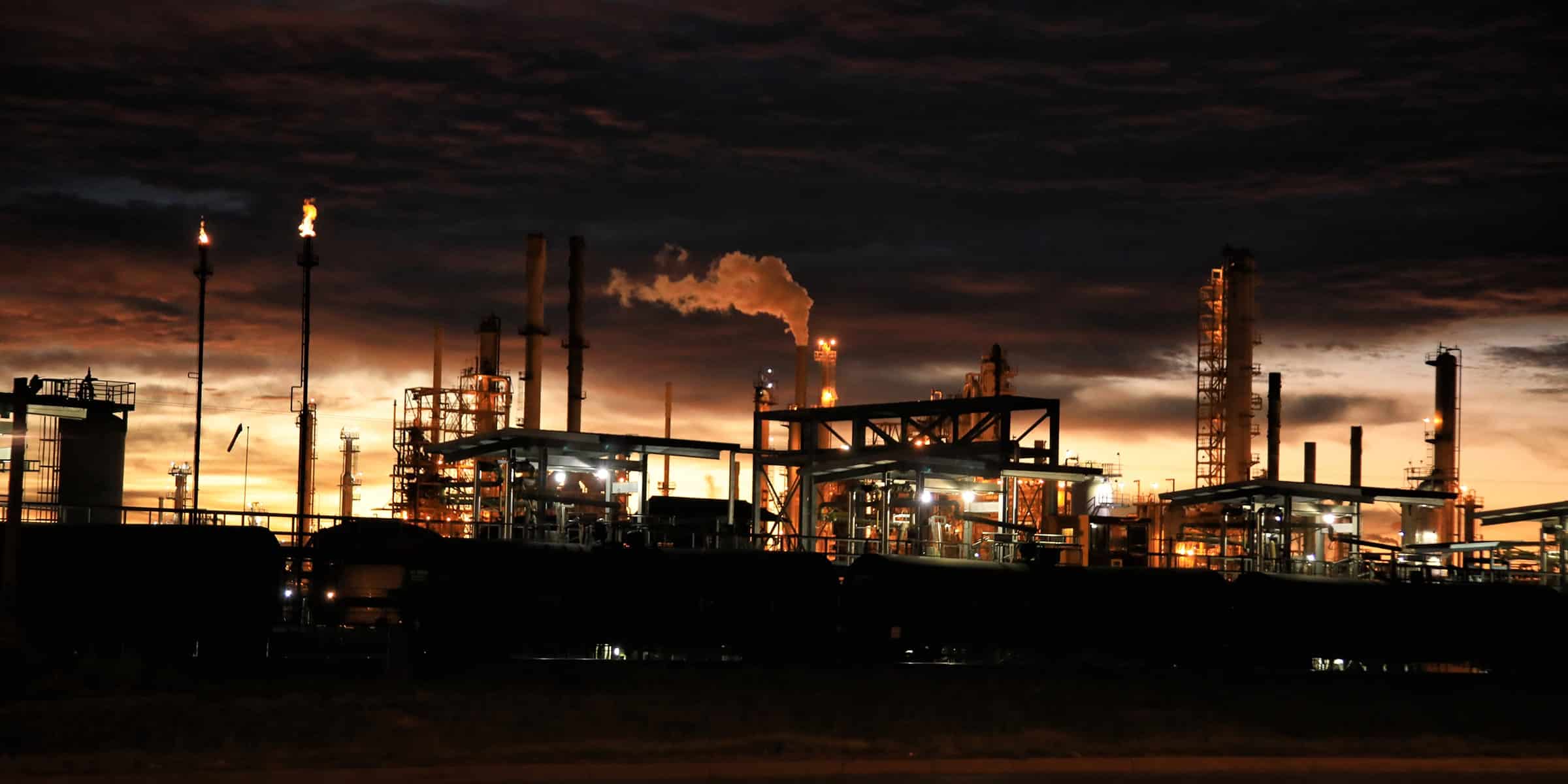Work injury lawyer James Yoro provides insight for cancer cases involving former refinery workers
September 11, 2019 | Article by Chain | Cohn | Clark staff | News & Media , Tips & Information Social Share

Editor’s Note: Chain | Cohn | Clark workers’ compensation lawyer James Yoro provided advice and legal insight in the local cases involving the Mohawk Refinery in Bakersfield, and workers who may have been exposed to cancer causing materials. Trusts have been set up to distribute fund to those who either worked at or are related to someone who worked at the refinery before 1980 and later developed cancer.
Below is the article published in The Bakersfield Californian, followed by a news video interview by KBFX Eyewitness News:
———
Decades can pass before cancer from asbestos exposure becomes evident, and by that time, who’s to say exactly who or what is to blame?
It almost doesn’t matter: Lawyers say that if documentation can be found showing a cancer patient spent enough time working somewhere asbestos was present — and the cancer is consistent with exposure to the carcinogen — then there’s a chance that financial compensation may be available to the person or the person’s heir.
Such is the case with the former Mohawk Refinery on Rosedale Highway.
People who either worked at or are related to someone who worked at the refinery before 1980 and later developed cancer could be eligible for compensation.
People who qualify may be entitled to thousands of dollars, maybe tens of thousands, from any of several trusts set up to disburse money to victims of asbestos exposure.
Though no longer in wide use, asbestos used to be a common material in refineries and other industrial sites. As a result of exposure, workers who inhaled or ingested its microfibers may, over time, develop mesothelioma or lung, esophageal, laryngeal, pharyngeal, stomach, colon or rectal cancer.
The National Cancer Institute says 10 to 40 years can pass before asbestos-related cancers begin to appear.
The refinery has been declared a “qualified site.” That means instead of suing for compensation, qualified victims or their heirs need only prove how long the person was employed there — five years may be enough to qualify — and turn over medical records showing the cancer diagnosis.
Liability for paying such claims does not rest with the refinery or its former owners. Instead, payments would come from five asbestos trusts set up to cover injury claims.
The Bakersfield refinery was owned by Mohawk Petroleum Corp. when it first opened in 1932. It changed hands many times over the years, merging along the way with neighboring operations, and is now owned by Delek US. It is closed and has not operated for 12 consecutive months since 2012.
FINDING DOCUMENTATION
In the case of a qualified asbestos site, the process of filing and collecting on a claim does not typically involve a lawsuit. Even so, the process is not always easy; the difficult part can be collecting pathology reports, doctor’s reports and employment records.
Filing a claim has no effect on a person’s pension or Social Security benefits.
Lawyer James A. Yoro, an equity partner in the Bakersfield law firm Chain | Cohn | Clark, said a statute of limitations limits the window of opportunity for filing a claim against an asbestos trust. But because the window only opens when a person becomes aware of the cancer diagnosis, he said, the statute doesn’t usually become a barrier to payment.
While asbestos claims are not unheard of in Kern, Yoro said, those related to valley fever are more common here.
He noted that someone making an asbestos claim may have been exposed to the carcinogen at different times at various locations. This diversity of exposures does not generally affect a person’s chances of collecting payment from an asbestos trust.
ANOTHER AVENUE
Yoro also pointed out another option available to people exposed to asbestos while at work in California. It’s called the Asbestos Workers’ Account and it is part of a fund in the state Treasury.
How long and difficult the process of collecting on an asbestos claim often depends on the documentation a claimant provides, Yoro said. The more records available, he said, the better.
He advised that anyone with a possible claim consider filing one.
“If somebody does have a potential claim, they should definitely try it out,” he said. “There’s nothing to lose by trying it.”
ASBESTOS TRUSTS
Dozens of trusts exist to pay out asbestos-related medical claims. In the case of the former Mohawk Refinery along Rosedale Highway, these five trusts have money that can be claimed by people who used to work there and contracted cancer, or whose antecedents did.
The trusts were established to pay out future claims against these companies:
- Babcock & Wilcox (B&W), which used asbestos as insulation in boilers
- Halliburton, manufacturer of asbestos-containing turbines, pumps and compressors
- J.T. Thorpe, which used asbestos to make refractory materials
- Pittsburgh Corning Corp., maker of pipe-insulating products with asbestos in them
- Fibreboard, manufacturer of fiberglass insulation and other materials that contain asbestos
———
If you or someone you know is hurt on the job, or hurt in an accident at the fault of someone else, please contact lawyers at Chain | Cohn | Clark at (661) 323-4000, or visit the website chainlaw.com for more information.
*NOTICE: Making a false or fraudulent Workers’ Compensation claim is a felony subject to up to 5 years in a prison or a fine up to $150,000 or double the value of the fraud, whichever is greater, or by both imprisonment and fine.
———
MEDIA COVERAGE
- Former Bakersfield refinery workers or their heirs may be eligible for payments (The Bakersfield Californian – Sept. 3, 2019)
- Refinery workers might be entitled to asbestos trust money (KBFX-58, FOX – Sept. 3, 2019)
